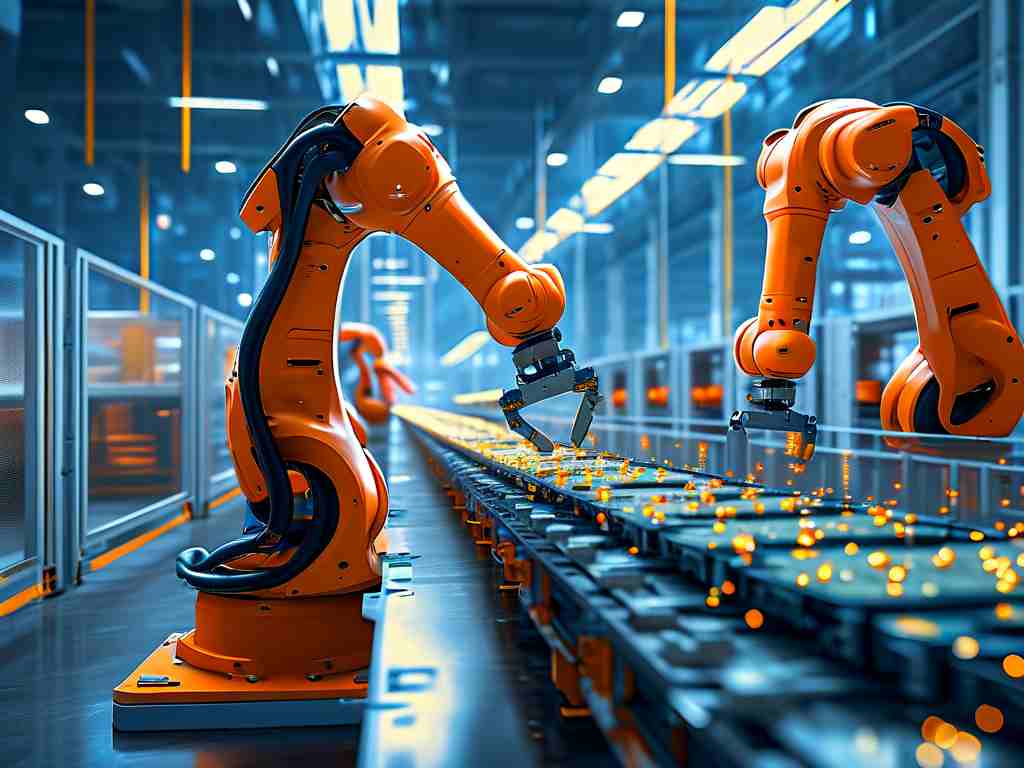The rapid evolution of artificial intelligence has ushered in an era where large language models (LLMs) and multimodal AI systems dominate technological innovation. However, the complexity of deploying these massive models in production environments remains a critical bottleneck. Automated deployment frameworks are emerging as game-changers, offering scalable solutions to bridge the gap between model development and real-world implementation.

Challenges in Traditional Deployment
Manual deployment processes for AI models often involve error-prone configuration tasks, inconsistent environment setups, and inefficient resource allocation. A recent industry survey revealed that 68% of data scientists spend over 40% of their time on deployment-related tasks rather than core model development. The sheer size of modern LLMs—some exceeding hundreds of gigabytes—exacerbates these challenges, requiring specialized infrastructure and optimized resource management.
Automation Frameworks in Action
Next-gen deployment tools like Kubernetes-based orchestrators and cloud-native platforms are transforming how enterprises handle AI models. Consider this practical example of a deployment pipeline using Docker and TensorFlow Serving:
# Containerized model serving setup FROM tensorflow/serving:latest COPY ./saved_model /models/llm/1 ENV MODEL_NAME=llm EXPOSE 8500
This simple configuration enables automatic model versioning and load balancing, demonstrating how containerization standardizes deployment across environments. Major cloud providers have taken this further—AWS SageMaker's model registry and Google's Vertex AI pipelines now incorporate intelligent scaling features that automatically adjust compute resources based on API call volumes.
Key Components of Effective Automation
-
Environment Parity: Automated systems ensure identical conditions across development, testing, and production stages through containerization and infrastructure-as-code (IaC) principles. Terraform configurations for cloud resource provisioning have become essential in maintaining this consistency.
-
Intelligent Monitoring: Modern deployment frameworks integrate real-time performance tracking. The open-source tool Prometheus, when combined with Grafana dashboards, provides visibility into metrics like inference latency and memory usage, enabling proactive system adjustments.
-
Security Automation: With growing concerns about AI model vulnerabilities, automated deployment pipelines now incorporate security scanning for both container images and model weights. Tools like Trivy and Clair automatically check for Common Vulnerabilities and Exposures (CVEs) before deployment.
Business Impact and ROI
Organizations adopting automated deployment strategies report significant improvements in operational efficiency. A fintech case study showed a 75% reduction in deployment errors and 60% faster time-to-market for new AI features after implementing GitOps practices. By automating rollback mechanisms and canary deployments, businesses mitigate risks associated with model updates while maintaining service continuity.
Future Directions
The next frontier in deployment automation lies in self-optimizing systems. Emerging technologies like reinforcement learning-based resource schedulers and quantum-inspired optimization algorithms promise to automate decisions about model placement across hybrid cloud environments. Edge computing integration is another critical development area, with frameworks like NVIDIA Fleet Command enabling automated deployment across distributed edge devices.
As AI models grow in complexity and scale, automated deployment solutions will become increasingly vital. These systems not only accelerate implementation cycles but also ensure the reliability and security required for enterprise-grade AI applications. The organizations that master this automation challenge will gain significant competitive advantage in the AI-driven marketplace.









